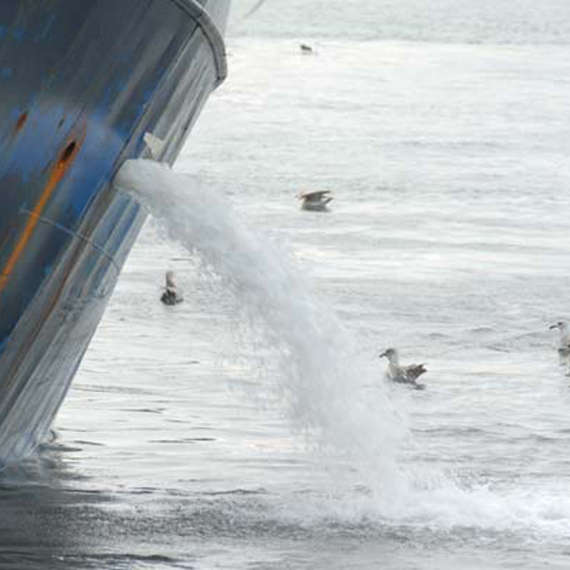The Challenge
Why do we have to clean the ballast water?
Ballast water management is needed in order to protect marine ecosystems and human interests that coexist within the existing ecosystems around the globe.

Shipping moves over 80% of the world’s commodities and transfers approximately 3 to 5 billion tonnes of ballast water internationally each year. A similar volume may also be transferred domestically within countries and regions each year. The large amount of potential invasive species included in this ballast water is considered one of the greatest threats against local maritime ecosystems by the International Maritime Organization.
It is normally an irreversible process when invasive species have changed the marine ecosystem, which is why ballast water management has high priority in the International Maritime Organization. There are many examples of the effect invasive species can have on local maritime ecosystems:
